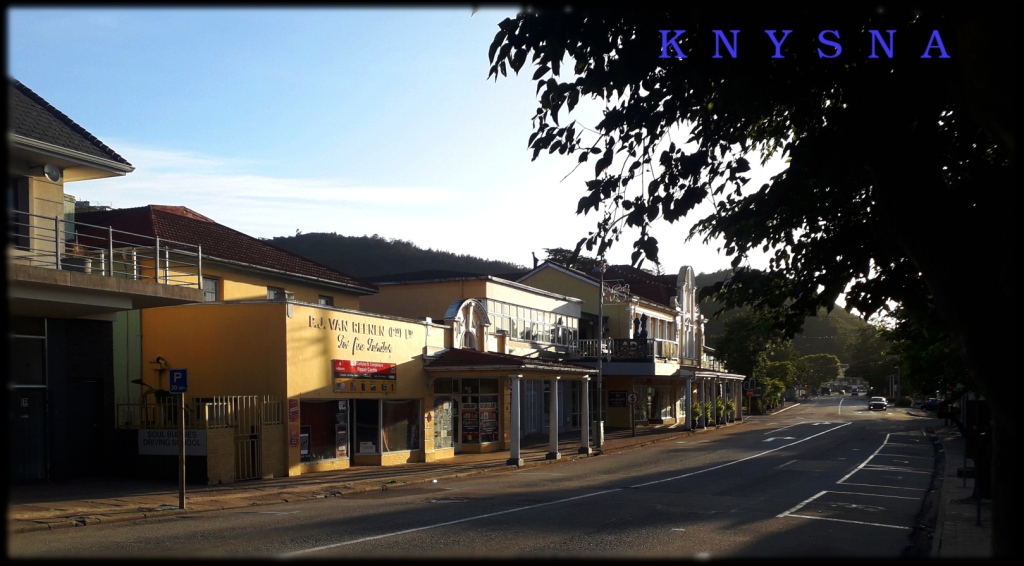





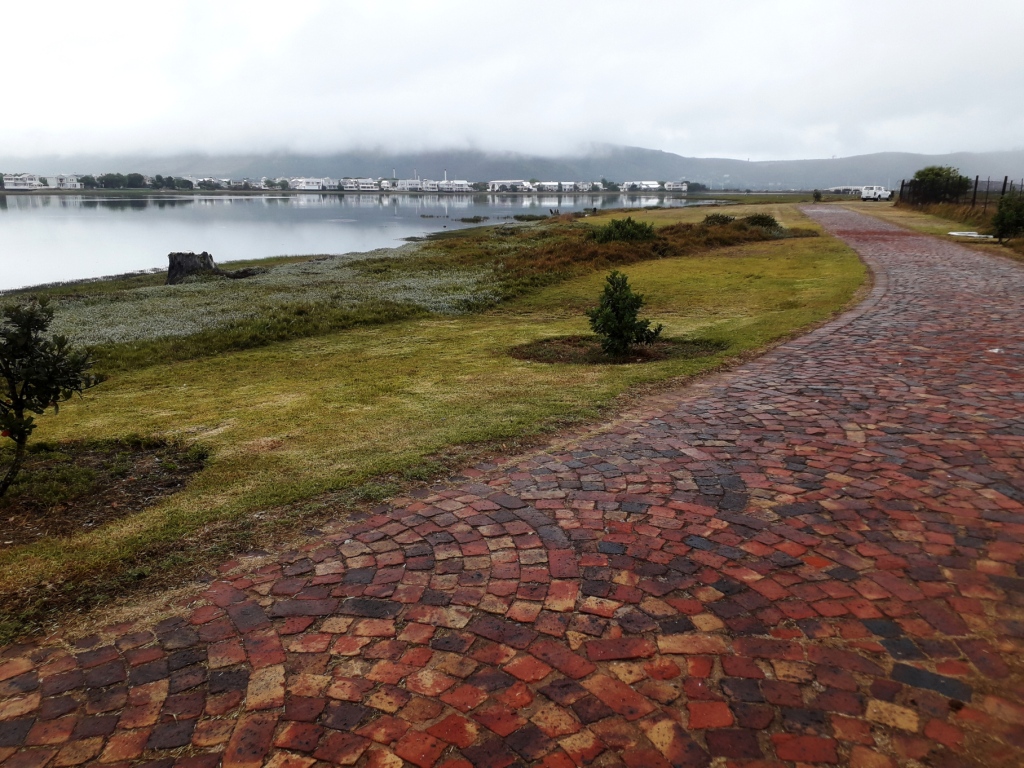
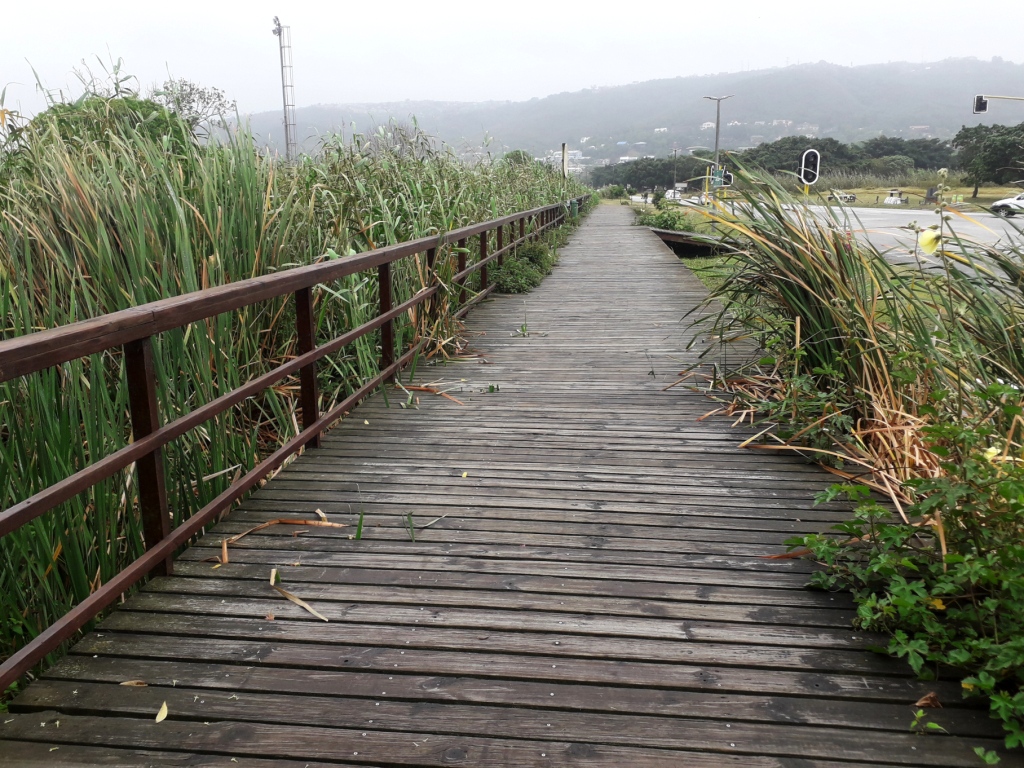
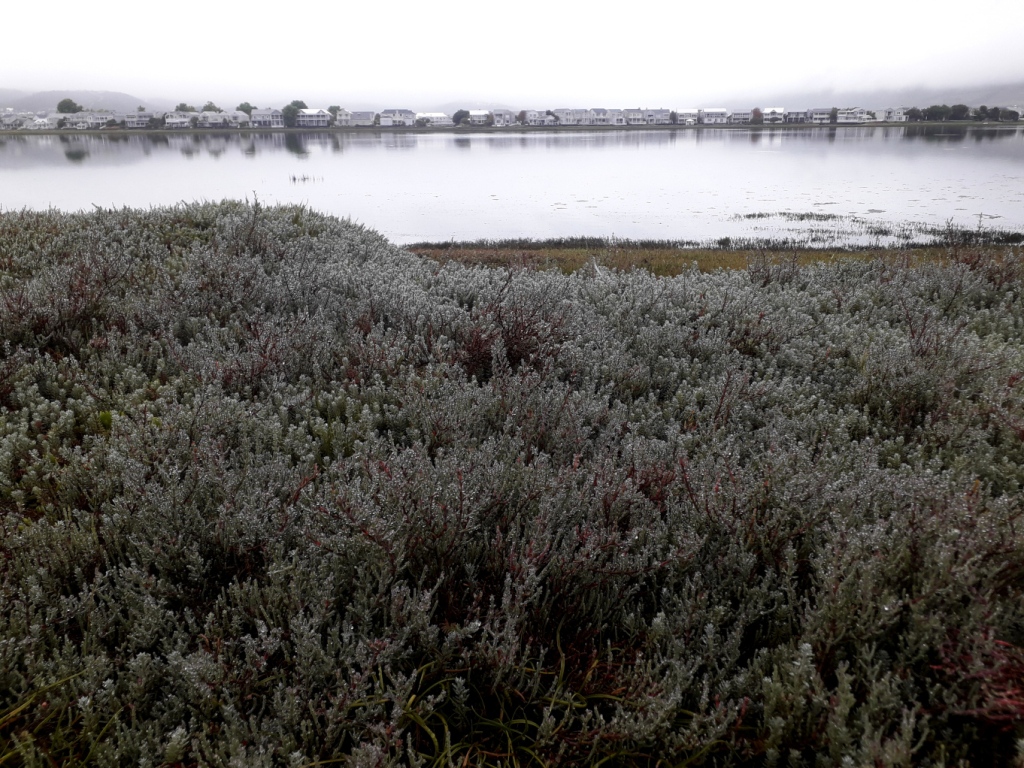
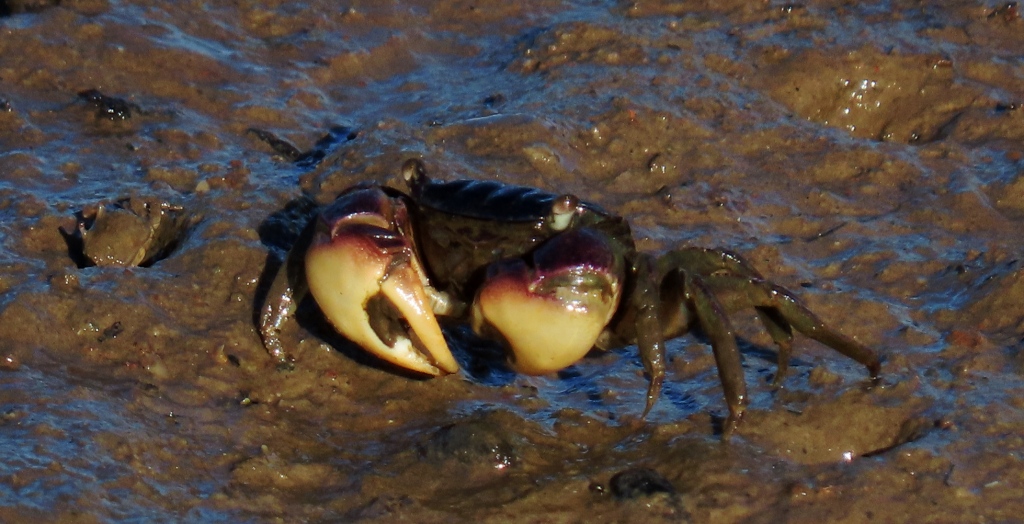
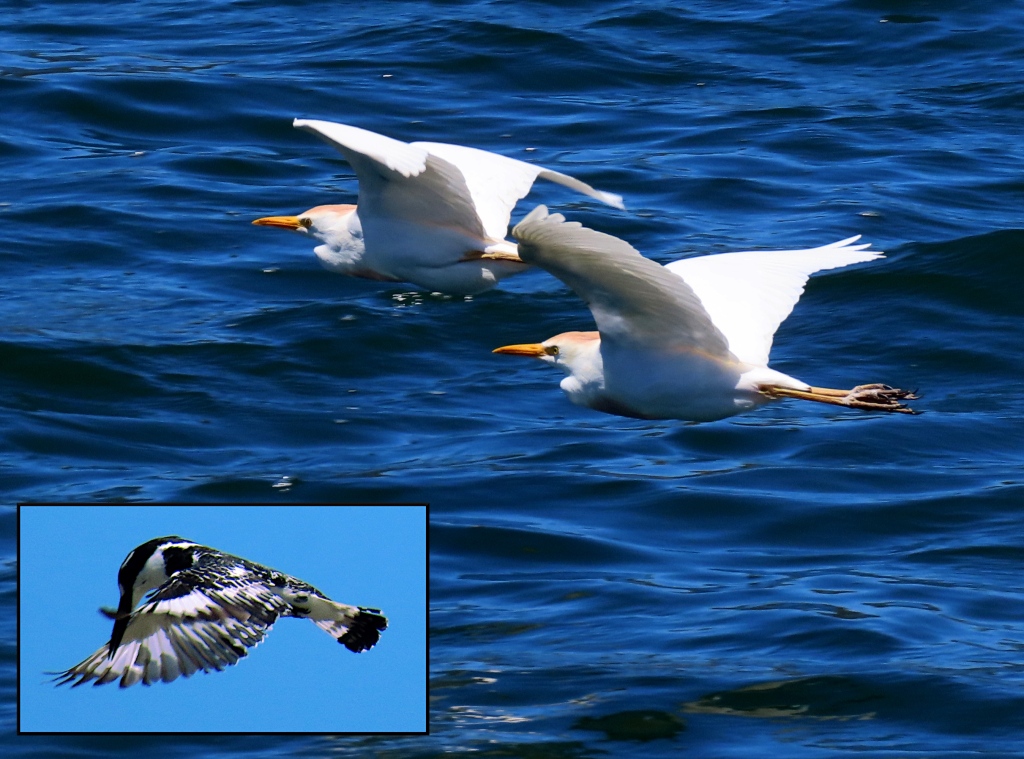
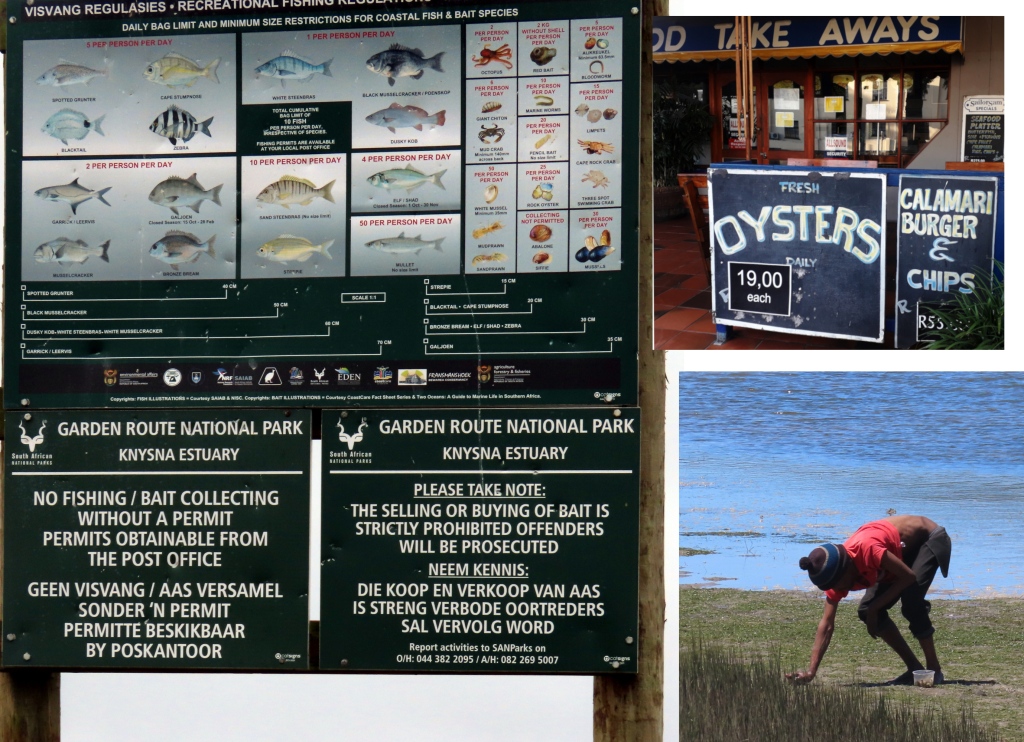

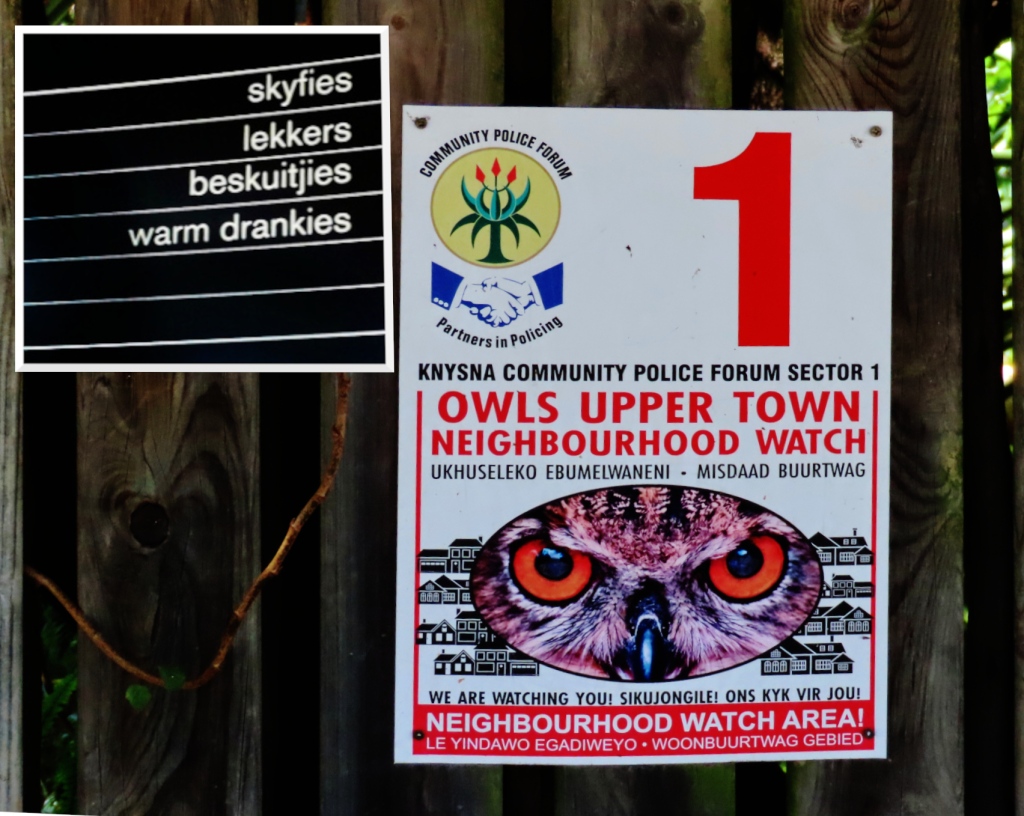



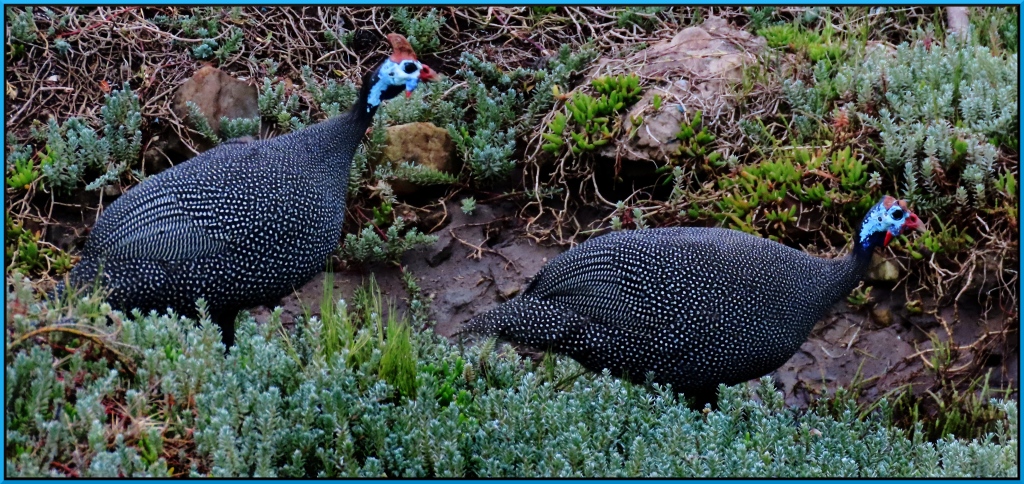

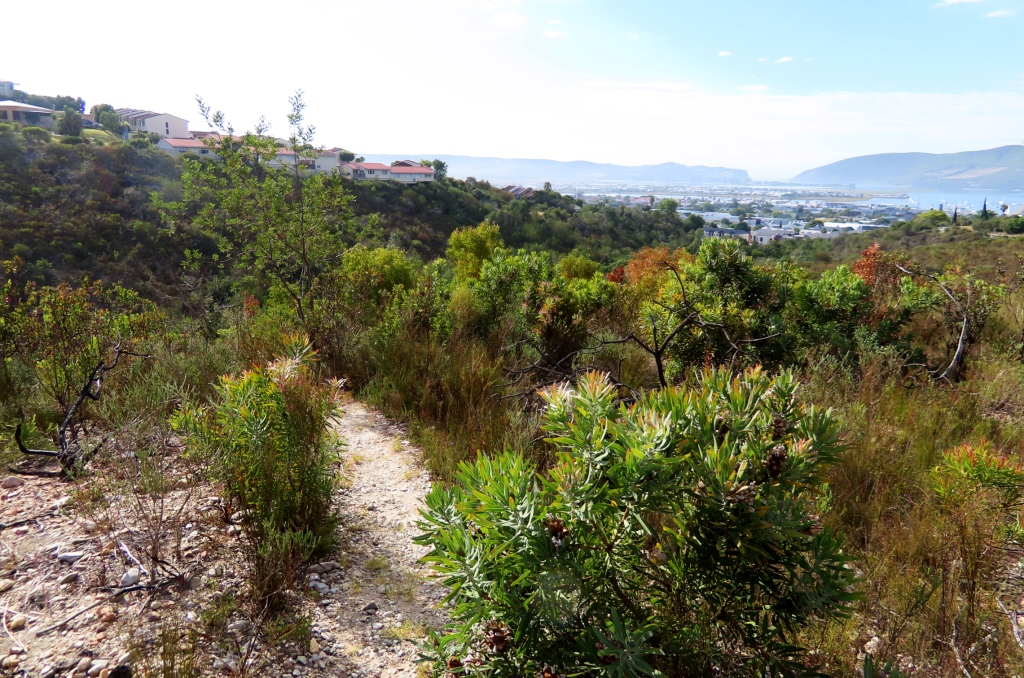

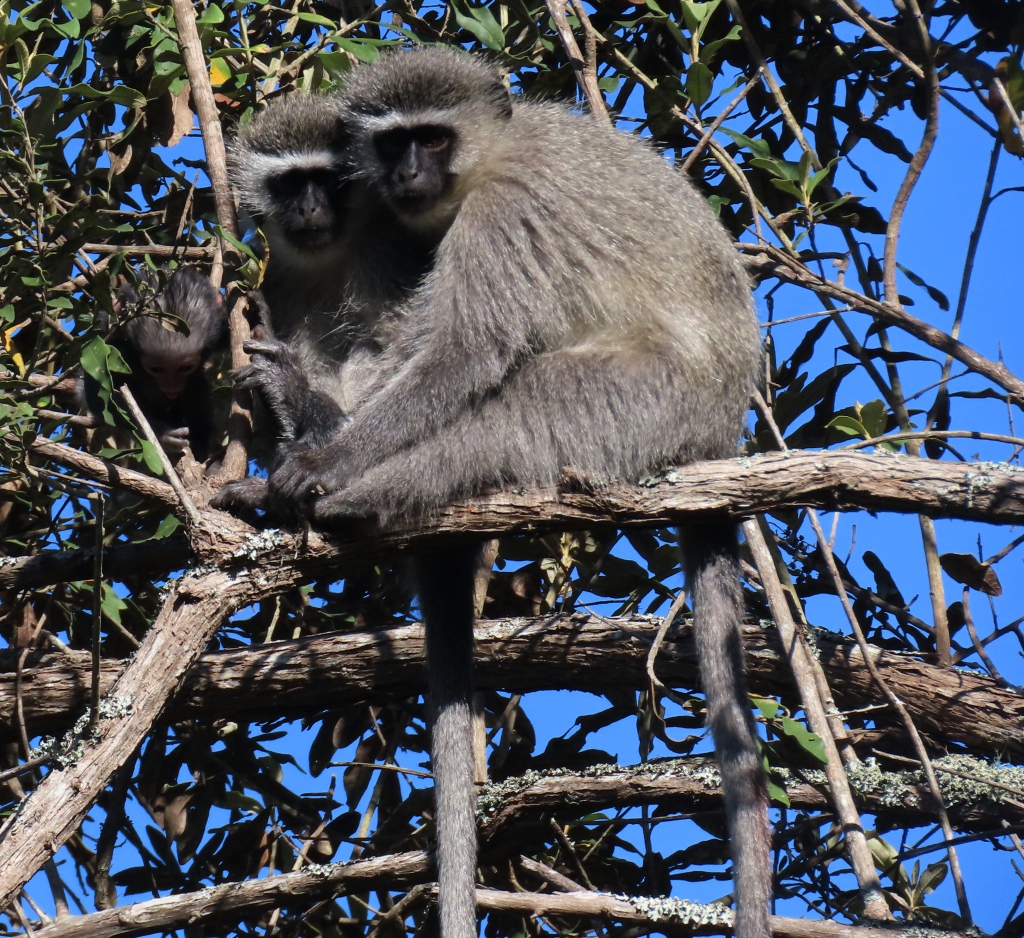

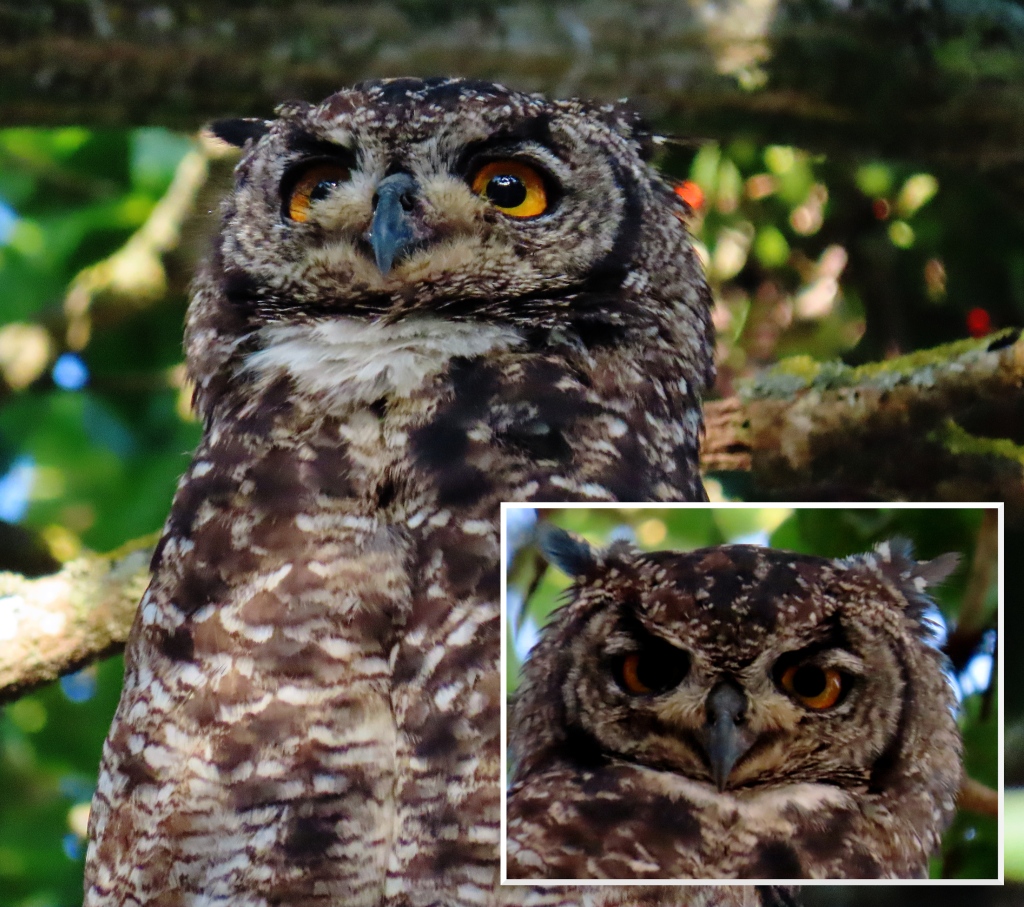

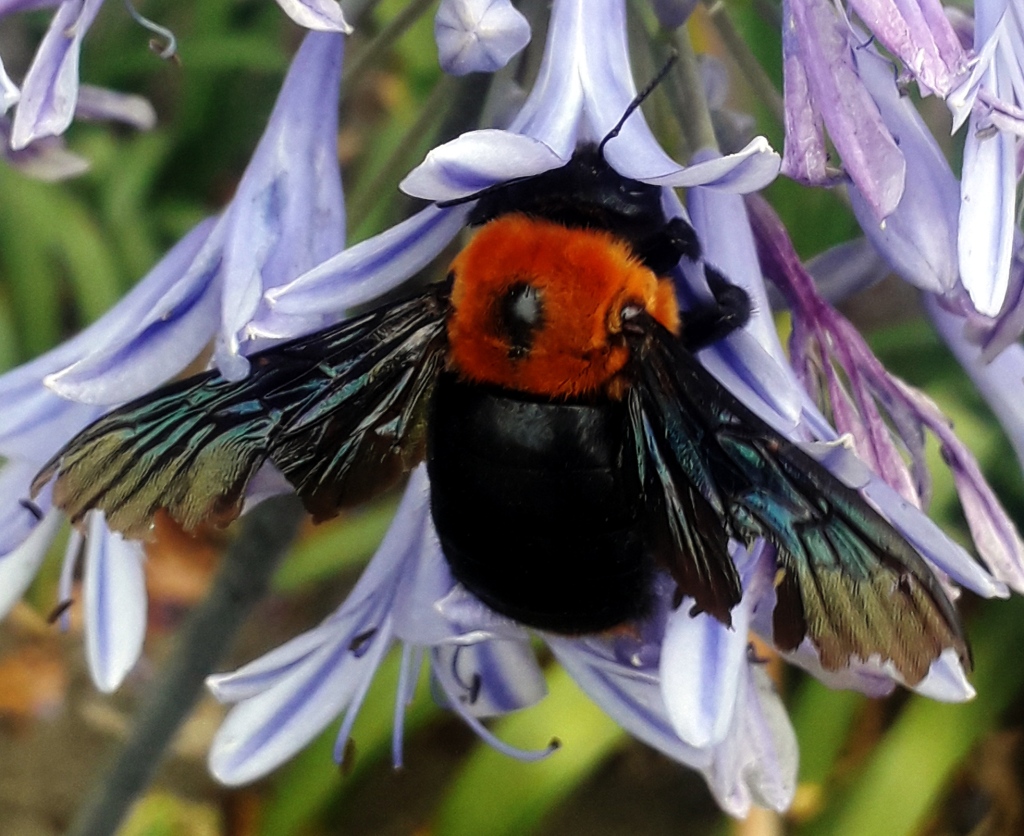
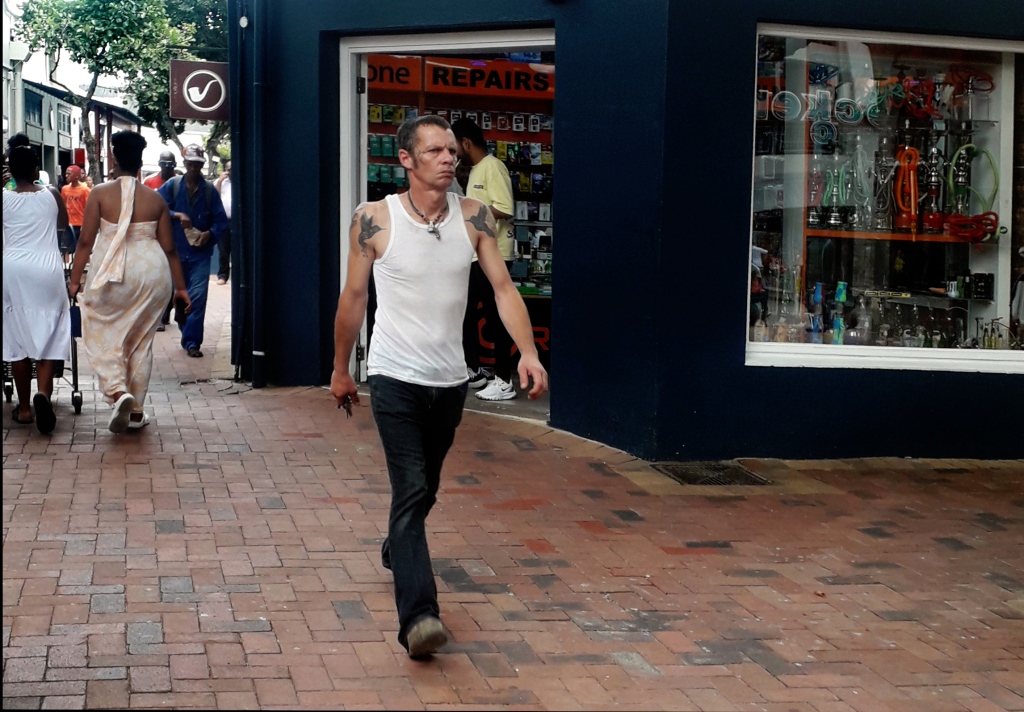
“Know then thyself, presume not God to scan…
The proper study of Mankind is Man.
Placed on this isthmus of a middle state,
A Being darkly wise, and rudely great…” .
Having nothing else to do, that is what we did – people-watching.

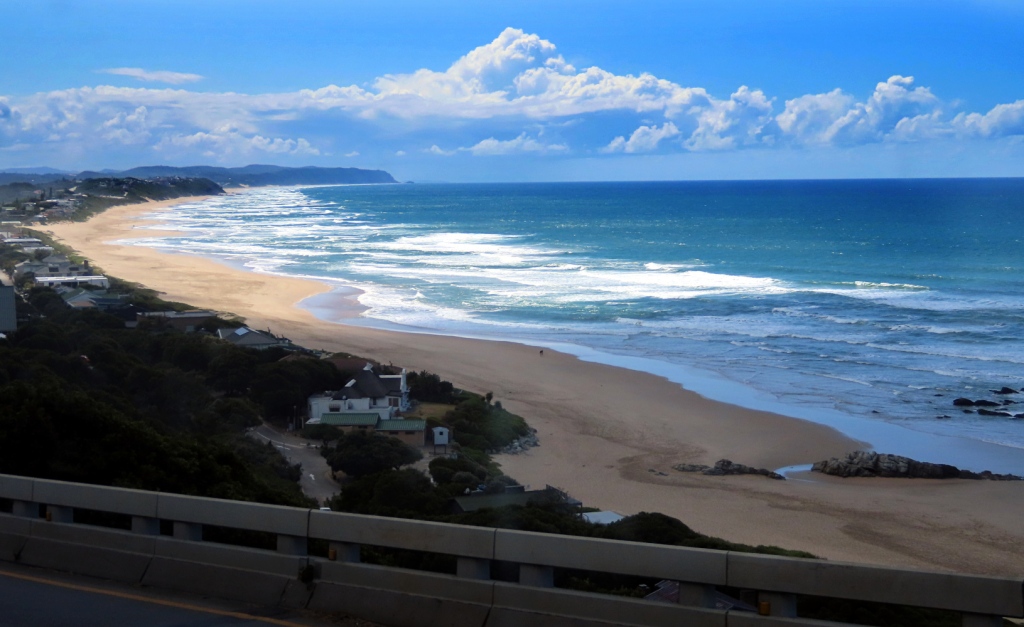
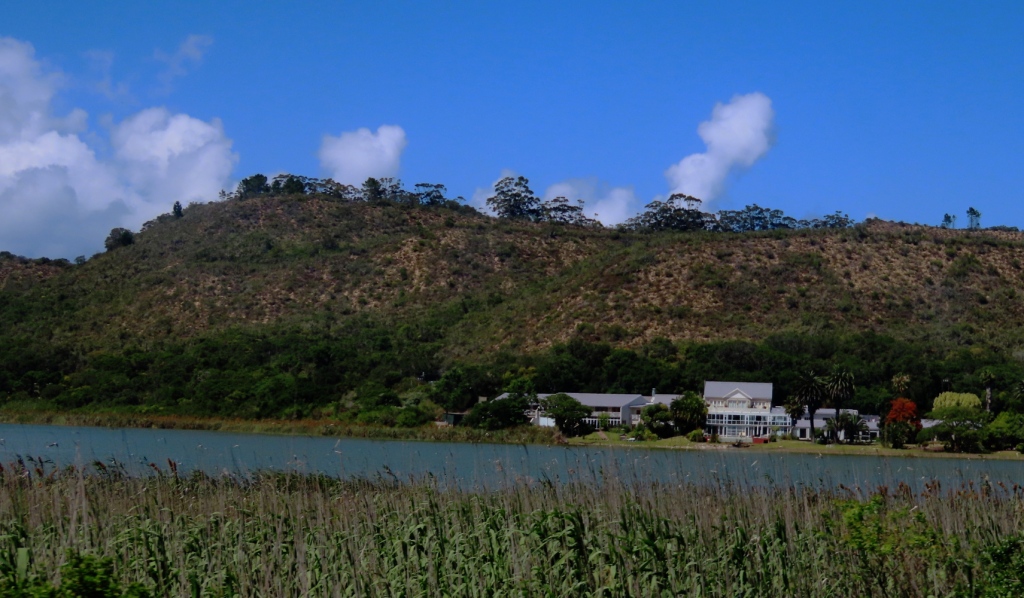

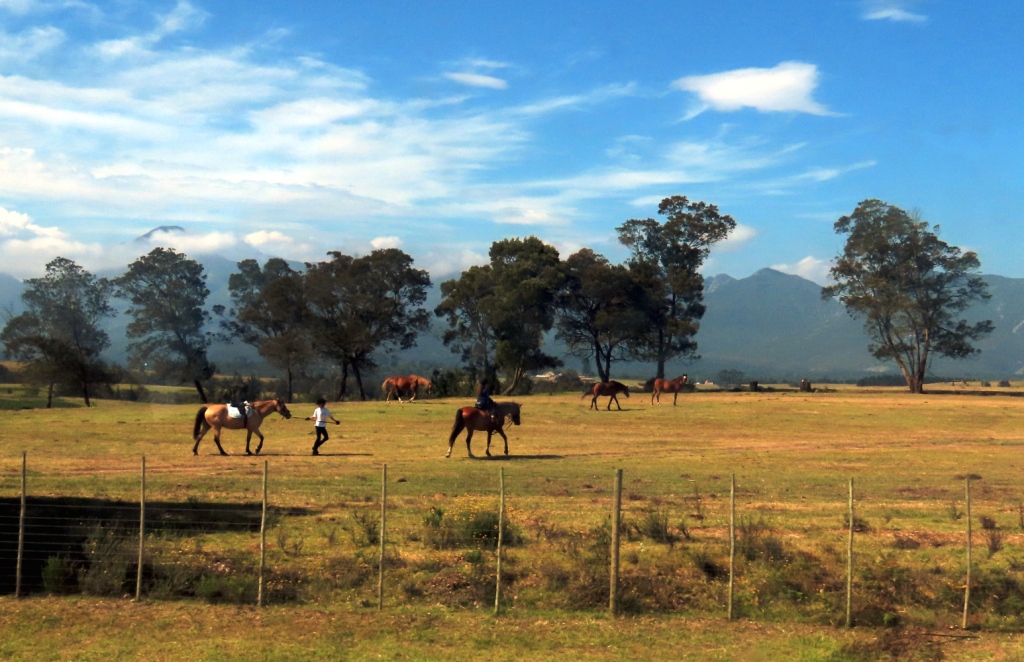
After a few days in George we flew up to Windhoek in Namibia and then traveled throughout that country as well as a good part of Botswana. You can select the tags or links for those reports somewhere in these pages.
My plan is to finish up the Africa reports with an article on Pretoria and Johannesburg – mostly the former.